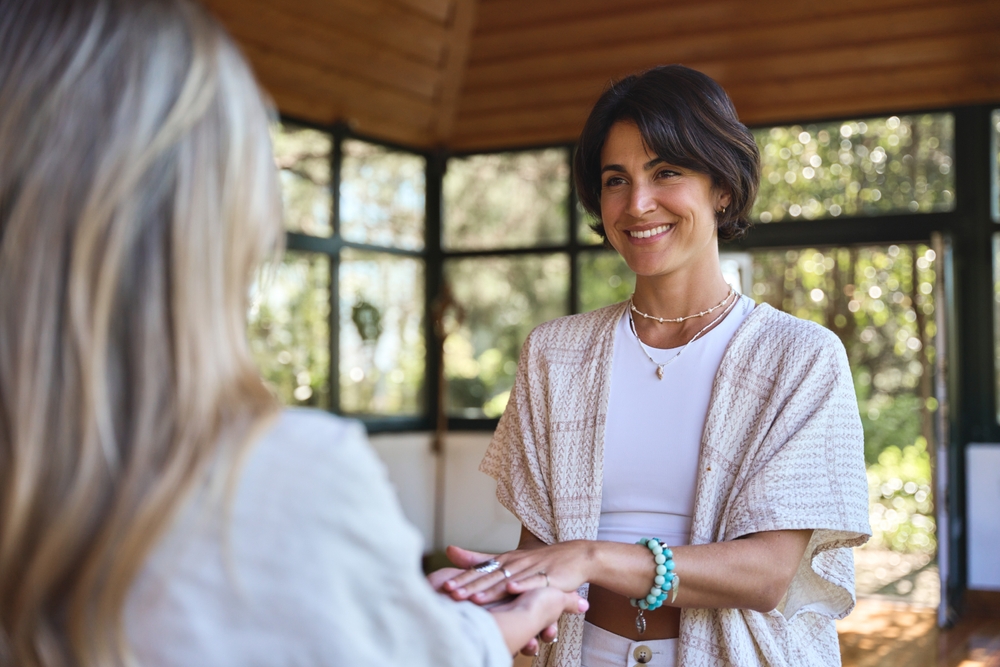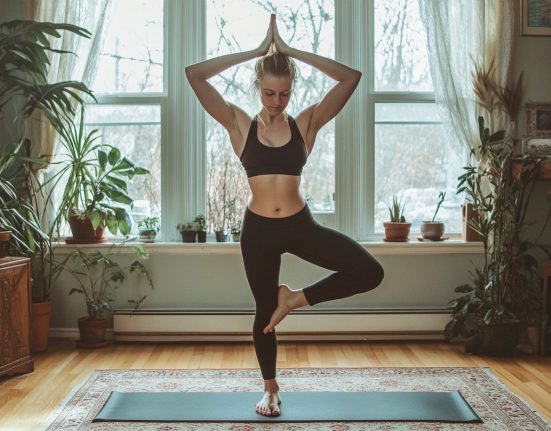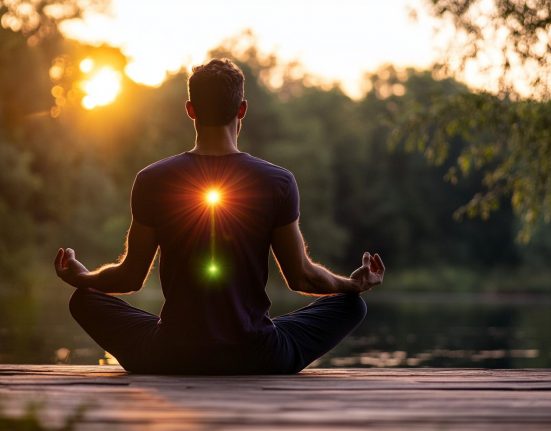After experimenting with various meditation techniques for years, I reached a point where I would become irritated if someone suggested closing my eyes, straightening my back and taking a deep breath. However, everything changed when I discovered a new, groundbreaking technique. You may be disappointed to know, there is no such technique. But there is good news too.
Meditation has gained immense popularity in urban India over recent decades. Despite India’s rich history of revered gurus and meditative practices, meditation only found widespread acceptance after being reintroduced from the West. This is similar to how turmeric and chia seeds were embraced after they were marketed as superfoods by Western countries despite being part of traditional Indian knowledge for ages.
There are numerous meditation techniques, and several scientific papers published in peer-reviewed journals support the benefits of practices like deep breathing, body scan meditation and yoga nidra. Yet, despite this scientific backing, these techniques don’t work effectively for everyone, myself included. It can be incredibly frustrating to sit with closed eyes for 30 minutes over weeks without experiencing the promissed benefits. A friend suggested that results might only be evident after a longer period, perhaps a year. I persisted, hoping to see the accumulated benefits, but it became a mechanical exercise with no significant results.
Ironically, my best meditative states occurred long before I learned any techniques and without much effort. This was confirmed during a recent visit to the Kumaon hills, where I visited the Kasar Devi temple near Almora in Uttarakhand. There, I effortlessly entered a calm meditative state. Kasar Devi is renowned among spiritual seekers, having hosted luminaries like Swami Vivekananda, Bob Dylan, Uma Thurman, and DH Lawrence.
This experience gave me an insight. According to the modern scientific world view, we believe we can achieve anything with the right technique and effort, but this may not apply to subtler aspects like the mind. Ironically, striving itself might counter the essence of meditation. The human mind isn’t a mechanical machine where applying a specific technique for a given time yields predictable results. In fact, evaluating and measuring our progress in achieving a good meditative state might be the greatest obstacle to meditation.
Meditation is about being fully present with yourself in a given moment. It’s an intuitive feeling that’s hard to describe, yet it isn’t esoteric or requiring special tools. It should come naturally to us, rather than us chasing it, if we allow our intuition to guide us. In the truest sense, there’s minimal effort or striving involved. Of course, there must be intention. Focusing on breath or taking deep breaths helps regulate physiological parameters like heart rate and blood pressure. It may also help lower anxiety. But I wouldn’t equate them with meditation. I also refrain from defining meditation too specifically, as that turns it into another goal to be achieved. Meditation should be intuitive and unique for each individual.
Most meditation techniques were outlined after an enlightened person had attained a profound meditative state, serving more as an afterthought than a predetermined method. Some people are fortunate that a specific technique works for them, or they are blessed by a guru. However, the majority, including myself, find ourselves struggling with those techniques. Imagine someone discovering a new route from his village to another through a jungle.
He didn’t use any specific technique but relied on trial and error and his intuition. During this process, some things worked while others didn’t. When people ask him how he did it, he shares useful tips that helped him. However, if someone believes they can find a new path to another village solely based on these tips, they are likely to be disappointed. The most critical aspect of finding a new pathway is intuition, which cannot be taught. Any effort to teach intuition might actually hinder it.
The western scientific approach, while very beneficial for our survival and progress, tends to view everything as the sum of its parts.
Matter is composed of molecules, which are made of atoms, and so on. By applying the right techniques and methods to these parts, the desired state for the whole can be achieved. However, the human mind doesn’t function this way. There’s something more than just the sum of the parts. We can only understand this through our subjective experience, especially our intuition. Once we remove the barriers to our intuition, it naturally shines. There’s no method to enhance your intuition, it is always with you.
Due to the Western way of thinking, we may tend to lose connection with ourselves. Even when discussing our well-being, we treat ourselves as sophisticated machines that function well with 8 hours of sleep, healthy food, physical exercise, and social belonging.
However, the reality is that we have both external and internal lives. While these prescriptions are useful for our external well-being, true fulfillment comes from being connected to our inner selves. There is no method or training for achieving this connection.
This requires patience. Spiritual seekers who are impatient must realize that in this realm, running faster won’t necessarily bring you to your destination sooner. In fact, it might push you further away from your goal. They also need to understand that a 70-year-old grandmother who has never practiced meditation might possess a higher spiritual quotient than someone who has been meditating for 20 years. Conventional logic does not apply here.
Therefore, don’t be disappointed if you find meditation boring or it has not worked for you. Turmeric and Chia seeds also don’t do miracle to our bodies by themselves. We are complex subjective beings and not lab rats. Inner well-being is more of an art than science. The good news is that as we learn to connect with ourselves and rest in our intuitions, meditation will happen naturally to us without much effort.









